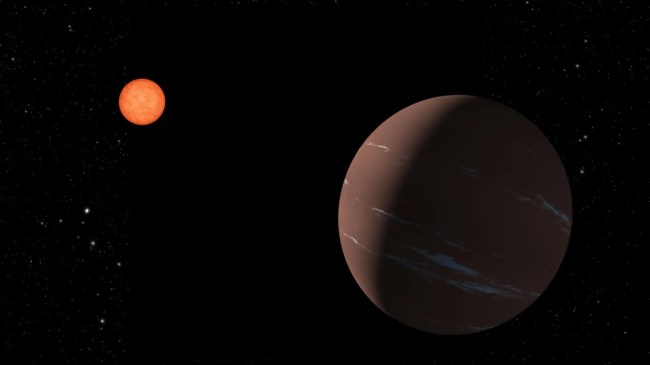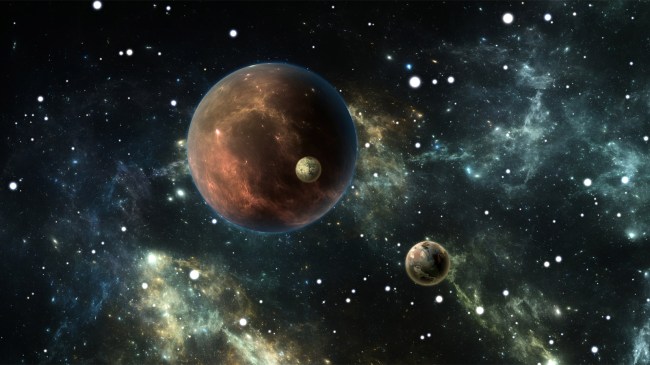iStockphoto
NASA astronomers recently discovered a “Super Earth” 137 light years away that is potentially habitable and might be able to support alien life.
Exoplanet TOI-715 b is 1.5 times larger than Earth and orbits a star that could make it the correct temperature for liquid water to form on the surface. And if water is on the surface of the exoplanet it could contain some form of life as we know it.
NASA also reported that “the same system also might harbor a second, Earth-sized planet.”
“TOI-715 b, is about one and a half times as wide as Earth, and orbits within the ‘conservative’ habitable zone around its parent star,” NASA wrote in a press release. “That’s the distance from the star that could give the planet the right temperature for liquid water to form on its surface.
“Several other factors would have to line up, of course, for surface water to be present, especially having a suitable atmosphere. But the conservative habitable zone – a narrower and potentially more robust definition than the broader ‘optimistic’ habitable zone – puts it in prime position, at least by the rough measurements made so far.
“The smaller planet could be only slightly larger than Earth, and also might dwell just inside the conservative habitable zone.”

NASA/JPL-Caltech
“If the possible second, Earth-sized planet in the system also is confirmed, it would become the smallest habitable-zone planet discovered by TESS (Transiting Exoplanet Survey Satellite) so far,” NASA added.
According to the Hubble Space Telescope website, “Often called the ‘Goldilocks Zone,’ the Habitable Zone is a hypothetical region around a star where the conditions are just right to be considered potentially habitable. In that region, a planet’s surface temperature could be in the range needed to harbor liquid water on its surface. The energy from the star, together with the greenhouse effect generated by the planet’s atmosphere, would produce a surface temperature between 0 and 100℃.”
NASA has discovered several thousand of exoplanets such as TOI-715 that they believe may be able to support life.
Recently, astronomers even discovered potential salt glaciers located near the north pole of Mercury that might reveal habitable zones similar to arctic areas of Earth.
And it’s not just exoplanets where scientists are searching for alien life. Mars and Venus (Earth’s twin or sister planet) have also been thought to have the potential for supporting life in some form.

